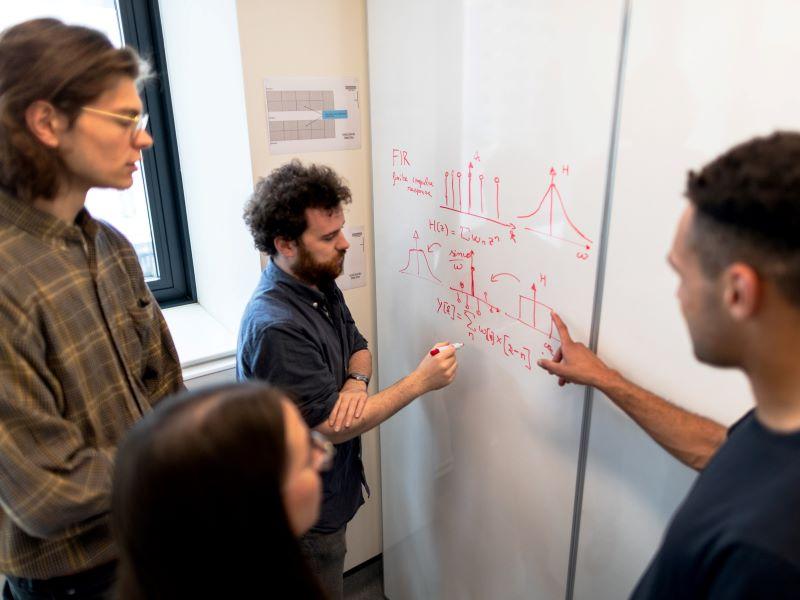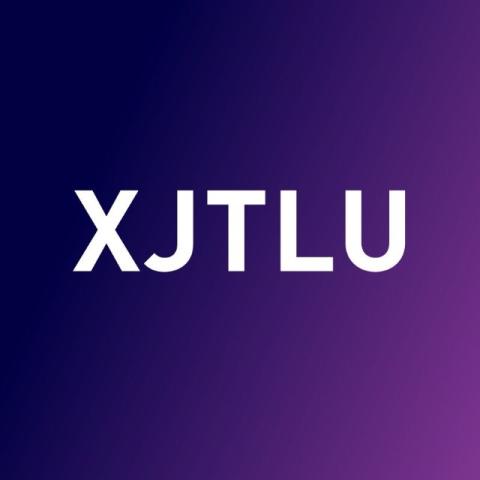
Guiding students to learn from each other through peer feedback
How do we create a culture in which students learn from each other during the process of producing an assignment? One place to start is through peer review, in which students give and receive feedback on each other’s work. However, some students resist engaging in peer review. At our university in China, this appears to be linked to our students’ previous educational experiences and wider cultural influences. In our experience, teachers can address this problem by considering how best to support students in critiquing each other’s work. We suggest using a peer-review training model to build four layers of support into a curriculum.
Layer 1: teach about the marking rubric
(a) Ensure students understand marking rubric basics. Use an asynchronous video to introduce the marking rubrics for assignments before the course begins. Raising awareness of the marking rubrics helps students to better understand what they need to include in their own assessment and what they need to comment on when giving peer feedback to classmates.
(b) Provide practice marking rubric categories. Many marking rubrics will have different categories for grading different aspects of an assignment. Give students practice in using the rubric’s categories. At points throughout the course, students practise grading and standardising sample essays. First, students learn strategies to evaluate a particular feature of writing. Next, they grade sample essays for that feature using the relevant category of the marking rubric.
For example, in one week, students learn about the selection and use of sources, and at the end of that week, they use the rubric’s sources category to grade sample essays. During another week, students learn about essay structure and then grade samples for structure and development.
Layer 2: teach peer review
Core course materials can address issues related to peer review – for example, one lesson on academic cultural differences can introduce students to the benefits and challenges of different forms of feedback (formative vs summative, teacher vs peer, written vs oral). In our case, issues include cultural influences behind Chinese students’ lack of engagement in peer review. Other lessons could include videos of groups giving and receiving peer feedback, with students discussing whose feedback was most appropriate and why. Another session could provide strategies for analysing feedback to develop action points. Finally, the importance of autonomous learning in postgraduate education can be introduced to guide students towards arranging peer feedback groups independently during their master’s study.
Layer 3: use formative feedback sheets
Design formative feedback sheets with spaces for reviewer and reviewee comments related to specific descriptors in the marking rubric. In preparation for a peer-review session, the reviewer first writes comments about their peer’s work on the feedback sheets. The reviewer then takes the feedback sheets into the peer-review session for use when giving oral feedback. During the session, the reviewee notes comments in the relevant section of their own feedback sheets. After all feedback has been exchanged, reviewees complete a third section of the sheet in which they formulate action points from their peer’s feedback and advice.
Tutors can create videos to model how to use these feedback sheets effectively when preparing, giving and acting on feedback. For example, one video may use screen share to demonstrate how to write suitable comments. Another video may show a group of students giving and receiving feedback to demonstrate their willingness to share and their feeling of responsibility for their own and their classmates’ development.
Layer 4: reflect on the peer-review process
Weekly forums for students to reflect on their engagement in the peer-review process are effective. At the end of each week, students post reflections in a forum on the course’s virtual learning environment (VLE). Provide students with a weekly theme to reflect on a different aspect of the process. For example, in week one, our students reflect on the transparency of the marking rubric. Subsequent weeks might guide the reflection towards strategies to evaluate the sample essays within the categories of the marking rubric.
This peer-review model can support course principles relating to transparency of marking descriptors, collaboration through giving and receiving feedback, and the development of learner autonomy as peer reviewers and reviewees. However, our recent research has shown that while this training model can guide students to engage effectively with peer review on an eight-week pre-master’s preparation course, more long-term engagement is dependent on continued support during their postgraduate study. This suggests that the use of peer review to help students learn from each other requires a culture that embeds routine peer-review practice throughout their curricula.
David Collett is a lecturer in English for academic purposes (EAP), whose research covers academic literacy, language teacher identity and learner engagement. Sam Evans is an EAP lecturer, whose research relates to developing personalised corpora to improve learning and integrating peer review into curricula. They are both based at Xi’an Jiaotong-Liverpool University.
If you would like advice and insight from academics and university staff delivered direct to your inbox each week, sign up for the Campus newsletter.




